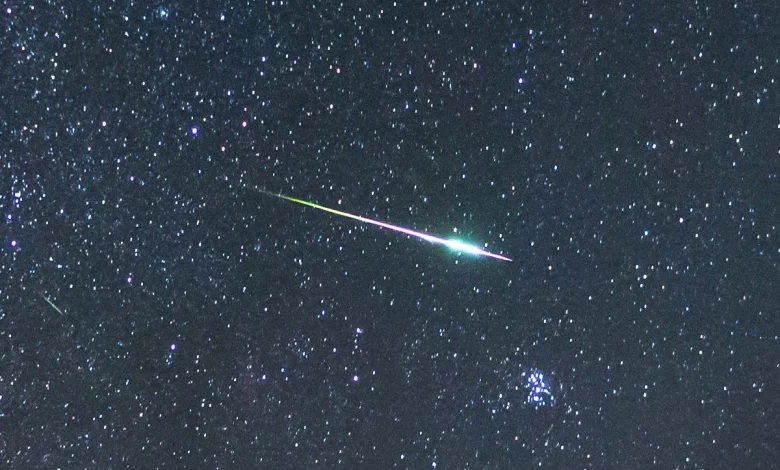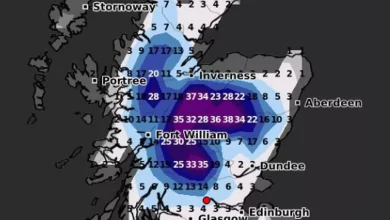This is one of your best chances to see a shooting star all year. How to see tonight’s meteor shower peak

At its best, the Leonid meteor shower is one of the top meteor showers to see in the autumn.
It peaks in mid November, when the evenings are getting longer and the nights truly dark, and has a decent rate of activity.
The Leonid meteor shower occurs every year between 6–30 November, but peak activity – 17/18 November – is the best time to see it, provided the weather is good and the Moon is out of the way.
The good news for the Leonid meteor shower 2025 is that the Moon will be out of the way, leaving the skies properly dark.
For the full picture, read Pete Lawrence’s fantastic guide to the Leonid meteor shower, and scroll down for our top tips.
Find out when the next meteor shower is visible and discover what causes meteor showers
Chart showing the location of the radiant of the Leonid meteor shower in 2025. Credit: Pete Lawrence
Leonid meteor shower tips and facts
The region of the sky from where a meteor shower originates is known as the ‘radiant’.
Leonid meteors’ radiant is in the Sickle asterism in the Leo constellation.
Locate the radiant in the night sky using a star chart or smartphone astronomy app.
Leonids can produce a Zenithal Hourly Rate (ZHR) of 15 meteors per hour, under ideal conditions.
The radiant rises late in the evening, meaning your best chance of seeing a Leonid is likely after midnight.
Ideally, you should observe from midnight on 17 November through to dawn on 18 November.
Want to spot a Leonid meteor tonight? Locate the Sickle star pattern in the Leo constellation. Click on the chart to zoom in. Credit: Pete Lawrence
Observe a away from the light pollution of towns and cities, preferably in groups.
Use a reclining chair or sunlounger to prevent neck ache, and wrap up warm.
Observe with your naked eye, giving your eyes about 30 minutes to dark-adapt.
Look two thirds the way up from the ground to directly overhead. If you see a meteor and can trace it back to Leo, you’ve likely seen a Leonid.
Find out more in our meteor shower video guide below.
If you manage to see or photograph a Leonid meteor tonight, send us your images and they could appear in a future issue of BBC Sky at Night Magazine.





